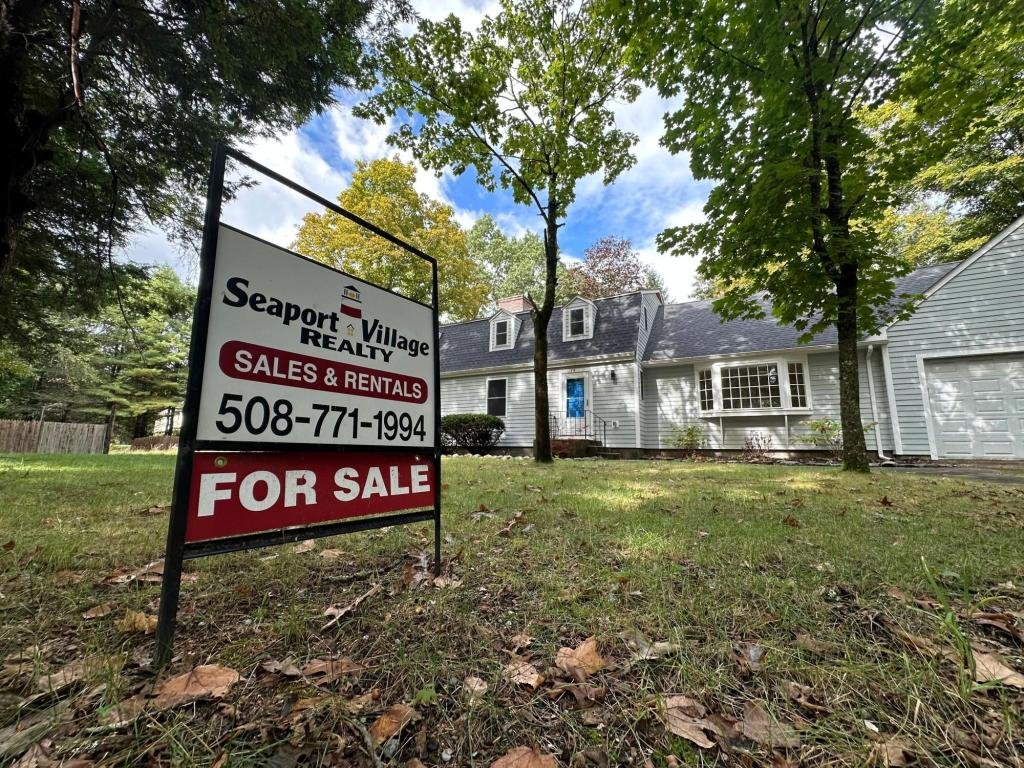Rising Cancellations: Unraveling the U.S. Housing Market’s Fragile Landscape
In a suburban neighborhood of Plano, Texas, the Jones family thought they had finally secured their dream home after months of relentless searching. The excitement of signing the contract was palpable, yet the joy quickly turned to frustration when—just weeks later—their offer fell through. A sudden increase in mortgage rates and an unexpected job loss forced them to back out, joining a growing number of would-be homeowners in a troubling trend: rising home sale cancellations.
Understanding the Cancellations Surge
Recent data from the National Association of Realtors (NAR) revealed that approximately 6% of pending contracts to buy homes were canceled in May 2025, a slight decline from 7% in April but a notable increase from 5% in May of the previous year. Redfin’s analysis echoed this sentiment, reporting that 14.6% of all pending sales in May fell out of contract, the highest percentage for that month since records began in 2017. These statistics signal more than individual disappointments; they reveal pervasive uncertainties gripping the housing market.
Factors Behind Increasing Cancellations
Lawrence Yun, NAR’s chief economist, attributes this uptick to a combination of declining consumer confidence, stock market volatility, and escalating economic uncertainties. “The market is facing headwinds that make both buyers and sellers nervous,” Yun explains. The blame doesn’t rest solely on individuals; the systemic factors at play are profound and multifaceted.
- Unexpected Costs: Rising home prices and elevated mortgage rates render previously affordable homes unattainable.
- Job Market Volatility: Fluctuations in employment status lead potential buyers to reconsider their financial commitments.
- Appraisal Issues: Properties often fail to appraise at their purchase price, complicating financing options and leading to cancellations.
In addition to these, newer data from Fannie Mae suggests that this trend may persist. Their recent analysis predicts the average rate on a 30-year mortgage will stabilize at around 6.5% by the end of the year, making homeownership increasingly out of reach for many. “Current mortgage rates are suppressing buyer interest significantly,” notes Dr. Emily Thompson, an economist with the Housing Research Institute. “If we historically analyze housing cycles, we often see cancellations rise in periods of elevated rates.”
The Broader Implications
With home sales at their slowest pace since 2009, the ramifications of rising cancellation rates extend beyond the immediate buyers and sellers. The broader economy, reliant on residential real estate as a crucial growth engine, risks stagnation. Declining consumer confidence can lead to reduced spending, impacting everything from home improvement stores to new home construction.
Additionally, the cancellations feed into a cycle of uncertainty; when homes do not close as expected, prospective sellers become hesitant to list their properties, further limiting inventory in a market already characterized by tight supply. As NAR notes, the lag time between a signed contract and when a sale is finalized can be significant, meaning that today’s struggling contracts are but a hint of future turmoil.
A Forecast for Recovery
Despite the ominous clouds looming over the housing market, some experts remain cautiously optimistic. Fannie Mae’s projections suggest a rebound could be on the horizon. Based on anticipated easing of mortgage rates to 6.1% in 2026, they project that existing U.S. home sales will increase by 9.5%. “Recovery is tied to consumer sentiment,” explains Dr. Thompson. “If confidence returns, we could see a significant uptick in activity, but it hinges on the labor market and interest rates.”
In communities across the nation, families like the Joneses navigate the tumultuous waters of a shaky housing market. The emotional toll of canceled contracts, combined with the financial strain, leaves a lasting mark on prospective buyers. As the market continues to correct itself, the fate of countless families remains uncertain, hanging in the balance as they wrestle with decisions that could permanently alter their lives.
While homeownership remains a dream for many, the unpredictable nature of the current housing landscape underscores the need for vigilance, adaptability, and a keen awareness of economic indicators. As evidenced by the growing number of cancellations, achieving that dream may be more complicated than ever.





